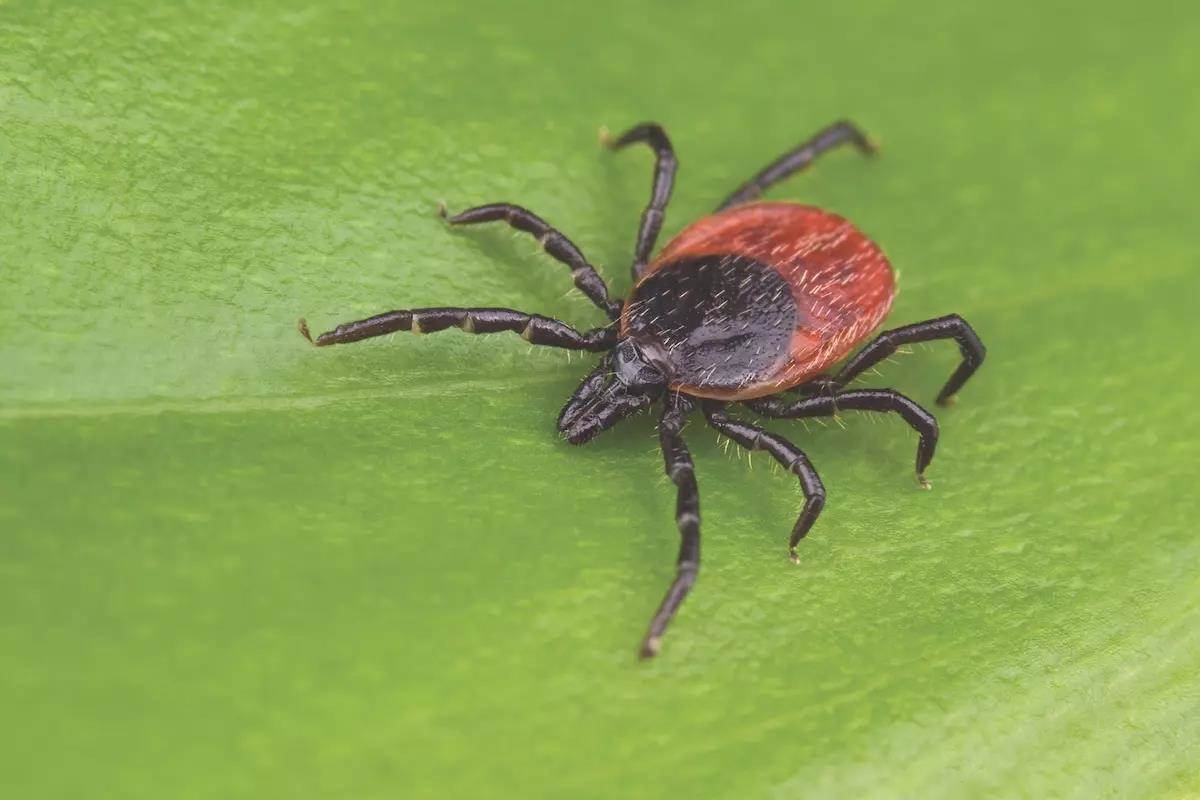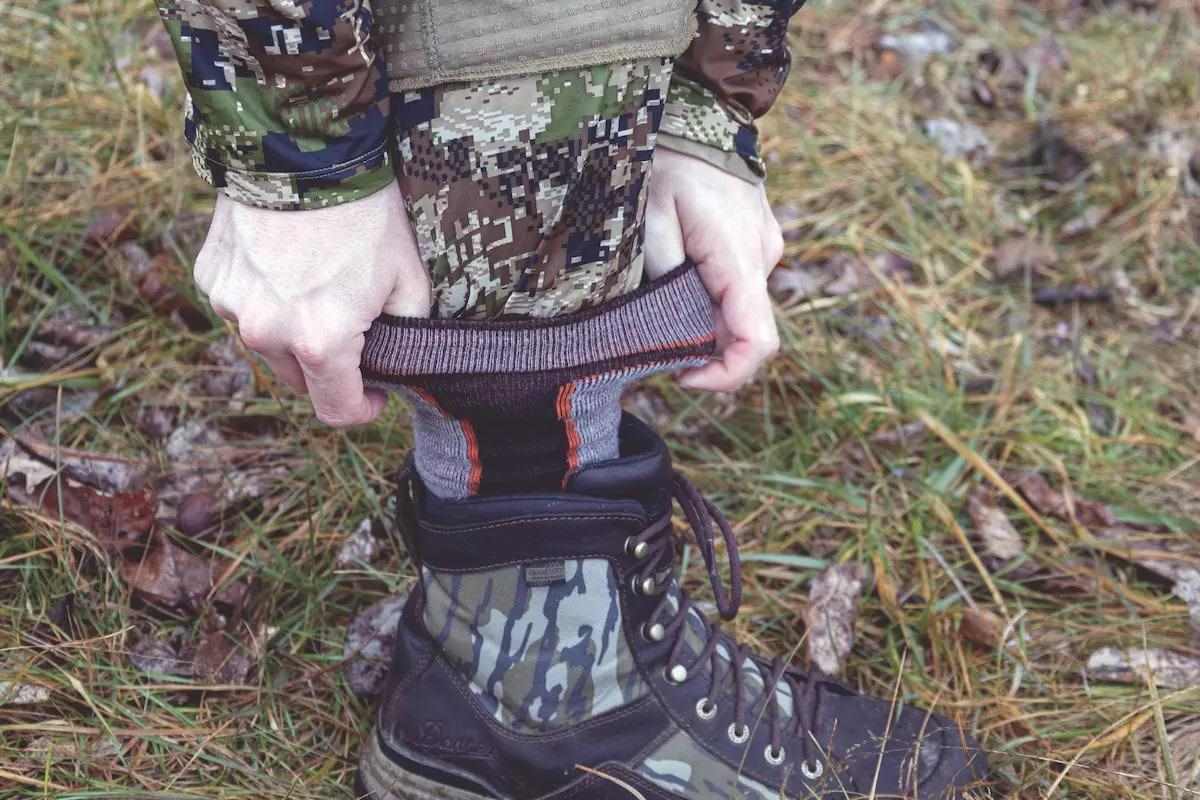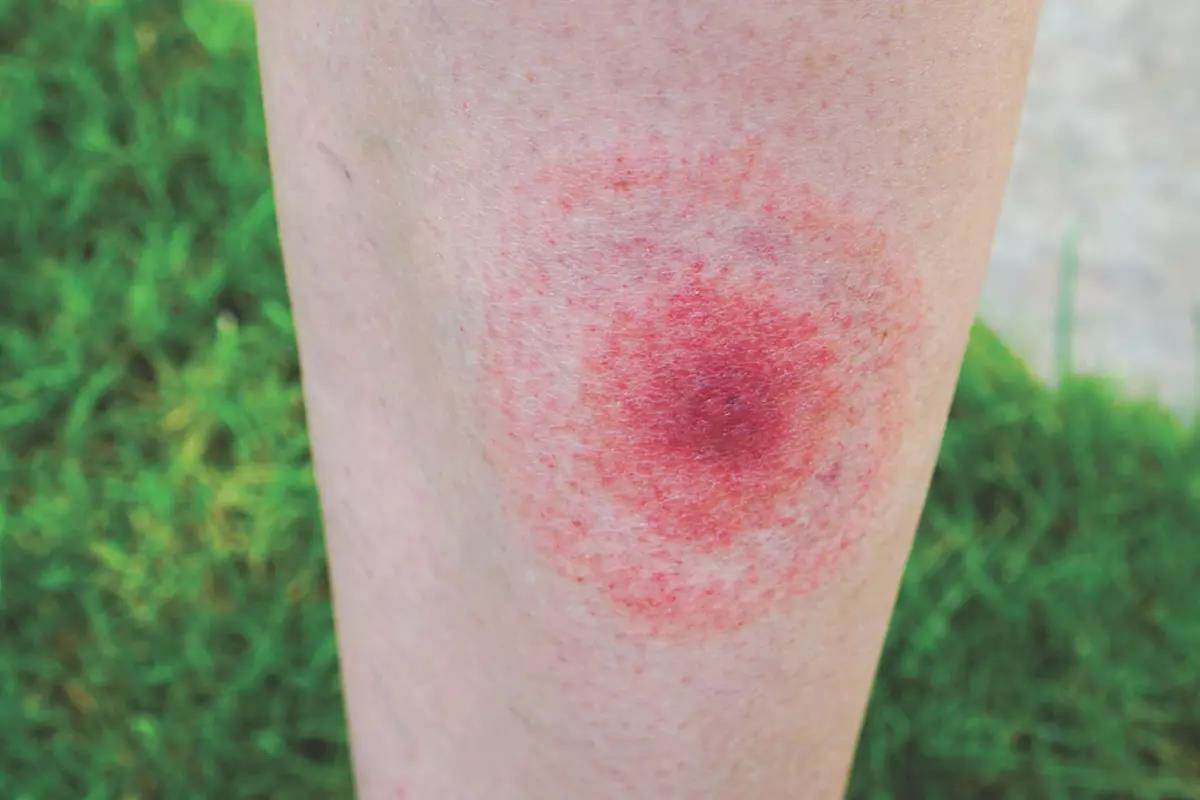How to Avoid Ticks and Tick-Borne Diseases While in the Woods
Tick talk: Prevent and treat tick bites and enjoy your time outdoors.

When long Midwestern winters yield to warmer spring days, folks break free of cabin fever and leave their homes behind. Many hit the woods in search of shed antlers, morel mushrooms or gobbling turkeys. However, warmer weather doesn’t just draw out people. Previously dormant ticks also re-emerge in search of their own bounty: a blood-meal host. Spring is a fine time to get back in the woods. Just strive to prevent and treat tick bites so you can enjoy your time outdoors now and into the future.
AMPLE OPPORTUNITIES
Brian Anderson is a tick and Lyme disease prevention specialist based in Michigan. He has written a book on tick prevention and frequently speaks and conducts presentations on the topic, so he knows a lot about these crawling critters. Because mushroom and shed hunters frequently walk through tick habitat and turkey hunters literally sit in it, he says these groups of people are particularly vulnerable to tick bites. Unfortunately, ticks can be active surprisingly early in the season, and, of course, they become even more active as spring progresses.
“Those ticks are out there anytime from when the snow is gone until it arrives again,” Anderson says. “You can even find them active when it’s a few degrees below freezing. They are absolutely out when we get the unseasonable warm spells, but once it snows, they are burrowing down underneath leaf litter to ride out the winter and get ready to emerge in the spring.”
Ticks are often hard to see anyway, but Anderson says those that were born last year are typically the size of a poppy seed, making them incredibly hard to spot. Anderson states that ticks don’t fly, jump or fall out of trees but instead sit on vegetation, like blades of grass or brush edges and limbs, before hitching a ride on a potential host.
Ticks only eat one time a year while looking for a blood meal. They’ll take any warm-blooded host, be it a raccoon, rabbit, fox, coyote, deer, mouse or human. After hanging on for three to seven days, they’ll collect their meal, drop off and move on through their life cycle, producing new offspring. During this feeding window, however, hunters and outdoor enthusiasts of all stripes are fairly vulnerable.
DISEASES
Attached ticks are a huge vector for disease transmission. Anderson feels deer ticks (or black-legged ticks) are the biggest threat to humans because they’re the primary carriers for Lyme disease.
“It’s the worst of the tick-borne diseases, as most people know,” he says. “You’ll get a rash, fever, headache, fatigue, and some folks will deal with it chronically for their lifetime.”
Besides Lyme disease, anaplasmosis, ehrlichiosis, babesiosis, tularemia and Rocky Mountain spotted fever are all tick-borne diseases. Another particularly off-putting malady for meat-eating outdoorsmen is alpha-gal syndrome. More of an allergy than a straightforward disease, the condition usually occurs when a lone star tick bite transfers a sugar molecule called alpha-gal into the body. In some people, the result is a chronic allergy to eating red meat that can produce dangerous reactions up to and including anaphylaxis. Alpha-gal is most prevalent in the Southeast but has also been reported in parts of the Midwest.
Bottom line, spring outdoorsmen should beware of deer ticks, American dog ticks (wood ticks) and lone star ticks, though all ticks carry some risk of bacterial or viral disease transmission.

PREVENTION
Anderson advises taking as many precautions as possible when trying to prevent tick bites, starting with treating all exterior clothing with permethrin. The product Duration, a permethrin treatment for clothing, includes guidance on concentration and proper application. Increasing concentration as directed on the label will extend how long you can wear the clothing and be protected, as well as how long protection will last through repeated washings. Certain companies offer permethrin treatment laundering services, and some clothing, like the Insect Shield line, is sold pre-treated with permethrin repellents.
Anderson recommends wrapping up pant legs, too, so that nothing can crawl up a leg. It might look goofy, but he suggests that taping your pant leg cuffs closed can keep ticks from accessing your skin and save you a lot of hassle down the road. Some purpose-built clothing, like Sitka’s Equinox Guard Pant, has internal leg gaiters that accomplish the same goal (the pant is also treated with Insect Shield).
If you went afield without taking steps to prevent ticks, Anderson says your first action upon returning home should be stripping down to your underwear. Take off your boots and all garments, and throw everything in the dryer on high for 15 minutes. The dry heat, he says, will kill ticks. Whether you took tick prevention precautions or not, you should always strip down and check for ticks after spending time outside in the spring and summer. Search your entire body, including the groin, armpits and scalp. It’s important to find ticks early to minimize exposure. The sooner you can remove a tick, the better.
Recommended

TREATMENT
If you do find a tick that has attached itself to you, be careful in how you remove it. Anderson suggests being gentle and using a Tick Key or very fine tweezers or forceps to remove it, being careful to avoid twisting or spinning the tick.
“You don’t want to grab it by the body and pull it off,” he says. “If you do so, you are squeezing the blood meal and gut contents back into your bloodstream and potentially transmitting those diseases to yourself. Pull it slowly and gently.”
Once the tick is removed, wash the attachment site thoroughly with soap and water or rubbing alcohol. Take a picture of the tick or put it in a piece of Scotch tape so you can have it positively identified or tested. Once the tick is removed, watch the bite area carefully. Not all tick bites will cause a problem, but if symptoms arise, they’ll likely first be noticed at the attachment site.
A red bull’s eye around the bite is a telltale sign that you need to see a doctor. If you feel ill, are achy in the joints or have a fever or blurred vision, see a doctor who will prescribe an antibiotic, typically doxycycline.
“You might say, ‘Ahh, I’ll get over it,’ about a tick bite, but it really doesn’t work that way,” Anderson says. “The impacts of a disease transmission from a tick bite can cause your health to become worse and worse. Take time to prevent something that can impact your wellbeing for the rest of your life.”
- This article was featured in the Midwest edition of April 2024’s Game & Fish magazine. Subscribe now
You may also like
-
Preserve Wisconsin’s legacy: Renew the Knowles-Nelson Stewardship Program | Opinion
-
Outdoor people, County Vision Outdoorsmen Expo will be on Feb. 8th at the Manitowoc County Expo Grounds.
-
A squirrel hunt and meat raffle, plus more news in the latest Manitowoc outdoors report
-
Simple Steps To Help Birds
-
Where Wolves and Wisconsin Stand




